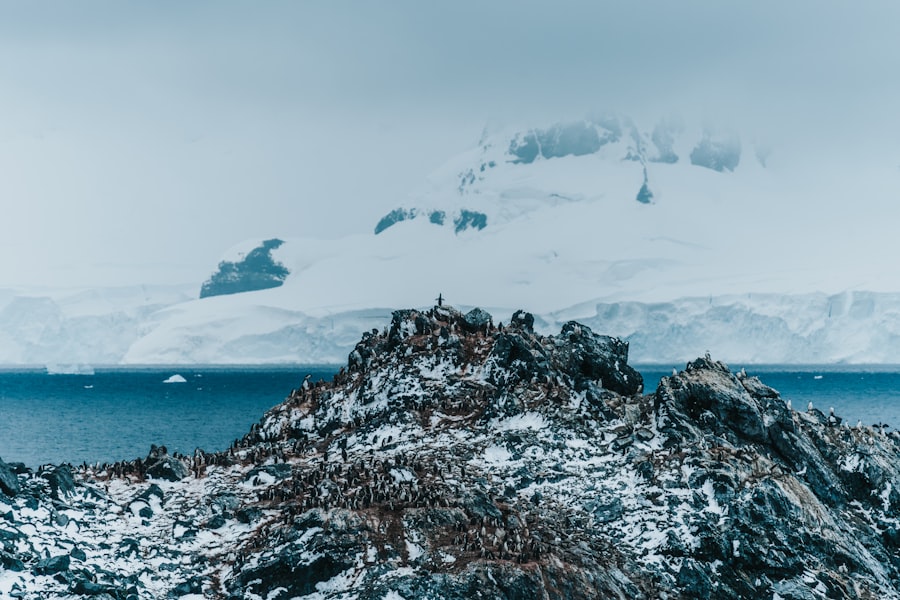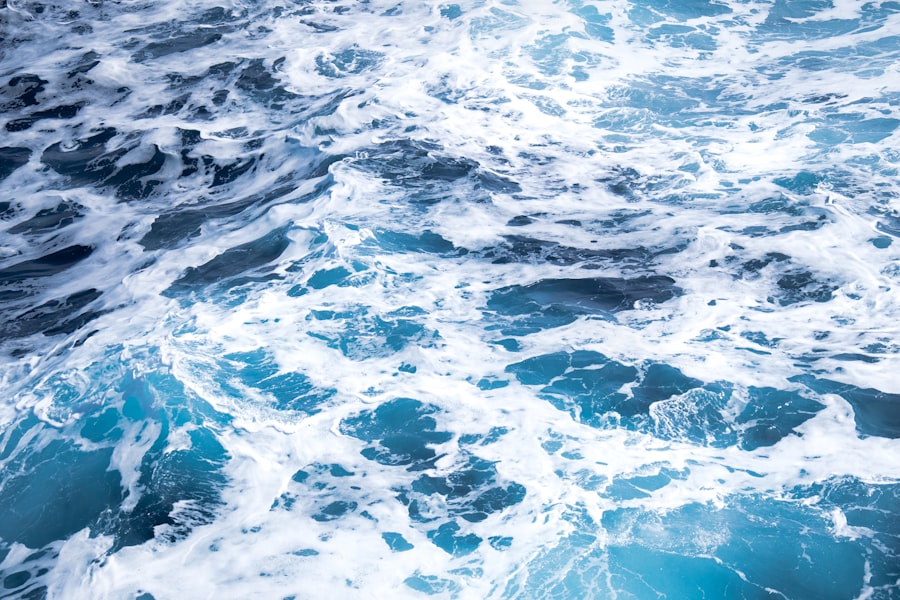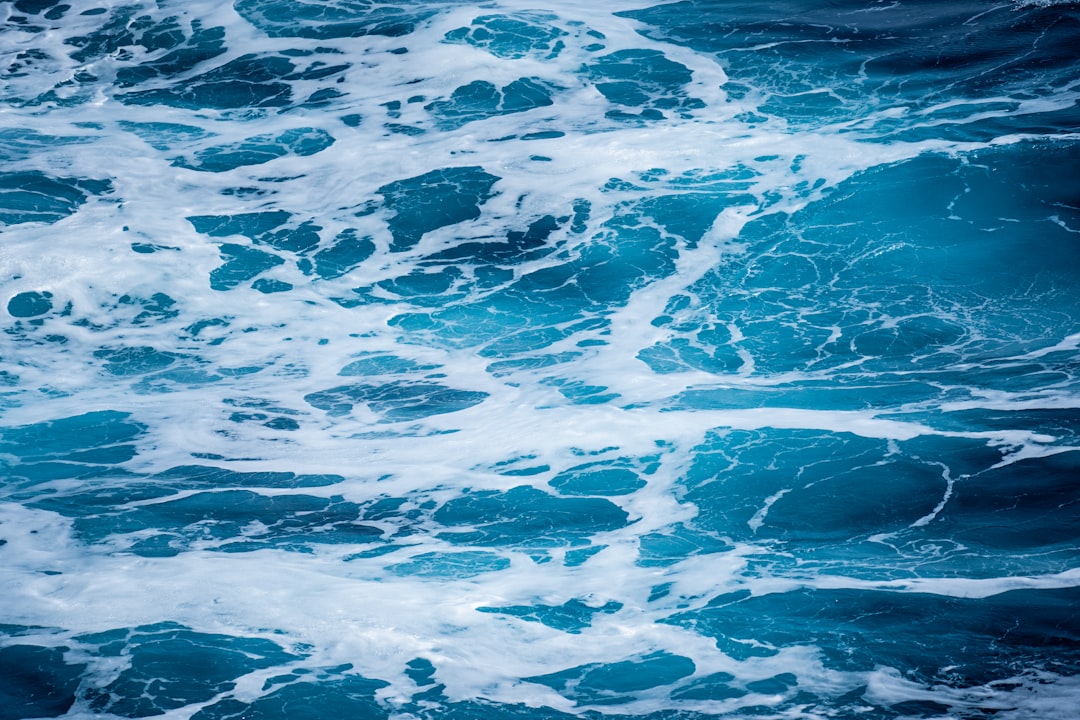The Drake Passage, a body of water situated between the southern tip of South America and Antarctica, is renowned for its tumultuous seas and breathtaking vistas. This narrow stretch of ocean, measuring approximately 800 kilometers (500 miles) in width, serves as a critical conduit for maritime traffic between the Atlantic and Pacific Oceans. Named after the English explorer Sir Francis Drake, who navigated these waters in the late 16th century, the passage has become a focal point for adventurers, researchers, and tourists alike.
Its unique geographical position not only makes it a vital route for shipping but also a gateway to the pristine wilderness of Antarctica. The allure of the Drake Passage lies not only in its historical significance but also in the challenges it presents to those who dare to traverse its waters. The passage is often characterized by unpredictable weather patterns and rough seas, which can transform a journey into an exhilarating adventure or a daunting ordeal.
For many, crossing the Drake Passage is a rite of passage, a testament to their spirit of exploration and resilience. As travelers embark on this journey, they are not merely crossing a body of water; they are stepping into a realm where nature reigns supreme, and the raw beauty of the Earth is on full display.
Key Takeaways
- The Drake Passage is a body of water between South America’s Cape Horn and the South Shetland Islands of Antarctica.
- The significance of the Drake Passage lies in its role as a major conduit for the movement of ocean currents and marine life between the Atlantic and Pacific Oceans.
- Weather and sea conditions in the Drake Passage are notoriously unpredictable and can range from calm to extremely rough, making it a challenging area for navigation.
- Navigating the Drake Passage presents challenges such as strong winds, icebergs, and rapidly changing weather, requiring careful planning and seamanship.
- The Drake Passage is home to diverse wildlife including whales, seals, and seabirds, as well as stunning natural wonders such as icebergs and glaciers.
Understanding the significance of the Drake Passage
The significance of the Drake Passage extends beyond its geographical features; it plays a crucial role in global oceanic circulation and climate regulation. The passage acts as a conduit for the Antarctic Circumpolar Current, which encircles Antarctica and influences weather patterns across the globe. This current is vital for maintaining the balance of ocean temperatures and salinity levels, impacting marine ecosystems far beyond the immediate vicinity of the passage.
As such, understanding the dynamics of the Drake Passage is essential for scientists studying climate change and its effects on oceanic systems. Moreover, the Drake Passage serves as a critical link for maritime trade and exploration. It is one of the few routes that allow vessels to navigate between the Atlantic and Pacific Oceans without having to traverse the treacherous waters around Cape Horn.
This accessibility has made it an essential passage for research vessels, fishing fleets, and cruise ships seeking to explore the wonders of Antarctica. The significance of this waterway is further underscored by its role in facilitating scientific research, as many expeditions utilize the passage to reach remote research stations on the Antarctic continent.
Weather and sea conditions in the Drake Passage

The weather and sea conditions in the Drake Passage are notoriously unpredictable, making it one of the most challenging maritime environments in the world. The convergence of cold polar waters from Antarctica and warmer currents from the north creates a volatile atmosphere that can lead to sudden storms and rough seas. Sailors often describe the passage as having “the worst weather on Earth,” with waves that can reach heights of up to 15 meters (50 feet) during storms.
This unpredictability requires careful planning and respect for nature’s power. Travelers crossing the Drake Passage must be prepared for a range of weather conditions, from calm seas to fierce gales. The best time to navigate these waters is during the austral summer months, from November to March, when conditions are generally milder.
However, even during this period, sudden changes in weather can occur, necessitating vigilance and adaptability. Understanding these conditions is crucial for ensuring a safe and successful journey through this remarkable yet formidable passage.
Navigational challenges in the Drake Passage
| Challenge | Description | Impact |
|---|---|---|
| Strong Winds | High wind speeds make navigation difficult | Increased risk of ship instability |
| Rogue Waves | Unpredictable large waves | Potential damage to vessels |
| Narrow Passages | Tight spaces between islands and icebergs | Requires precise navigation |
| Icebergs | Potential collision hazards | Risk of damage to ships |
Navigating the Drake Passage presents numerous challenges that require skillful seamanship and thorough preparation. The combination of strong currents, shifting winds, and unpredictable weather can create hazardous conditions for even the most experienced mariners. The passage is known for its notorious “Drake Shake,” where vessels can experience significant rolling and pitching due to steep waves and turbulent waters.
This phenomenon can be disorienting and uncomfortable for passengers, making it essential for crews to be well-trained in handling such situations. In addition to natural challenges, navigational hazards such as icebergs and floating debris pose risks to vessels traversing the passage. Icebergs calving from glaciers can drift into shipping lanes, creating potential obstacles that require constant vigilance.
Wildlife and natural wonders of the Drake Passage
Despite its reputation for rough seas, the Drake Passage is home to an astonishing array of wildlife and natural wonders that captivate those who venture through its waters. The nutrient-rich currents support diverse marine life, including krill, which serves as a vital food source for various species of whales, seals, and seabirds. Travelers are often treated to breathtaking sightings of humpback whales breaching the surface, orcas hunting in pods, and playful sea lions basking on ice floes.
Birdwatchers will find themselves enchanted by the numerous seabird species that inhabit the region. Albatrosses, petrels, and skuas glide gracefully above the waves, showcasing their impressive wingspans as they search for food.
For many travelers, these encounters with wildlife serve as a reminder of nature’s beauty and resilience in one of the most remote corners of the planet.
Safety precautions for navigating the Drake Passage

Given its challenging conditions, safety precautions are paramount when navigating the Drake Passage. Mariners must ensure that their vessels are well-equipped with safety gear, including life jackets, flares, and emergency beacons. Regular safety drills should be conducted to familiarize crew members with emergency procedures in case of rough weather or other unforeseen circumstances.
Additionally, maintaining open communication with other vessels in the area can provide valuable information about changing conditions. Travelers embarking on cruises through the Drake Passage should also prioritize their safety by following guidelines provided by their tour operators. This includes attending safety briefings before departure and adhering to instructions from crew members during rough seas.
Passengers should be aware of their surroundings and take precautions to avoid injury during turbulent conditions. By prioritizing safety measures, both mariners and travelers can enhance their experience while navigating this remarkable yet unpredictable waterway.
Historical significance of the Drake Passage
The historical significance of the Drake Passage is deeply intertwined with exploration and maritime history. Sir Francis Drake’s expedition in 1578 marked one of the first recorded crossings of this treacherous waterway, paving the way for future explorers seeking new trade routes and territories. His journey not only contributed to European knowledge of this remote region but also sparked interest in Antarctic exploration that would continue for centuries.
Throughout history, many notable explorers have traversed the Drake Passage in pursuit of scientific discovery or adventure. Figures such as Ernest Shackleton and Robert Falcon Scott embarked on ambitious expeditions to Antarctica, facing immense challenges along the way. Their stories of courage and perseverance have become legendary, inspiring generations to explore uncharted territories.
The passage remains a symbol of human determination in the face of nature’s formidable forces.
Tips for a smooth journey through the Drake Passage
For those planning to cross the Drake Passage, several tips can help ensure a smoother journey. First and foremost, travelers should choose reputable tour operators with experience navigating these waters. Researching reviews and testimonials can provide insight into their safety records and overall quality of service.
Additionally, booking during peak season can increase the likelihood of encountering milder weather conditions. Packing appropriately is also crucial for a comfortable experience. Layered clothing is recommended to accommodate fluctuating temperatures, along with waterproof gear to protect against splashes from waves.
Travelers should also consider bringing seasickness medication or remedies to alleviate discomfort during rough seas. By preparing adequately and choosing experienced operators, adventurers can enhance their chances of enjoying a memorable crossing through this iconic passage.
Recommended routes and itineraries for crossing the Drake Passage
When planning a journey through the Drake Passage, various routes and itineraries cater to different interests and preferences. Many cruise operators offer packages that include not only crossing the passage but also exploring key destinations in Antarctica itself. Popular itineraries often include stops at iconic locations such as Deception Island or Paradise Bay, allowing travelers to experience breathtaking landscapes while observing wildlife up close.
For those seeking a more adventurous experience, some operators provide opportunities for kayaking or camping on Antarctic shores during their voyages. These excursions allow travelers to immerse themselves in nature while gaining a deeper appreciation for this remote environment. Regardless of the chosen itinerary, each journey through the Drake Passage promises unique experiences that highlight both its natural beauty and historical significance.
The impact of climate change on the Drake Passage
As global climate change continues to reshape our planet’s ecosystems, its effects are increasingly evident in regions like the Drake Passage. Rising ocean temperatures are altering marine life patterns, affecting species distribution and abundance within this vital waterway. Additionally, melting glaciers in Antarctica contribute to rising sea levels and increased iceberg calving events, posing new challenges for navigation.
Scientists are closely monitoring these changes to better understand their implications for both marine ecosystems and human activities in the region. Research conducted in the Drake Passage provides valuable insights into broader climate trends affecting oceans worldwide. As awareness grows about climate change’s impact on this unique environment, efforts are being made to promote sustainable practices among travelers and operators alike.
The allure and adventure of crossing the Drake Passage
In conclusion, crossing the Drake Passage represents more than just a maritime journey; it embodies adventure, exploration, and an appreciation for nature’s raw beauty. Despite its challenges—unpredictable weather conditions, navigational hazards, and safety concerns—the allure of this iconic waterway continues to draw adventurers from around the globe. The rich history intertwined with exploration narratives adds depth to every crossing while encounters with diverse wildlife create lasting memories.
As travelers embark on their journeys through this remarkable passageway toward Antarctica’s pristine wilderness, they become part of a legacy that spans centuries—one defined by courage in facing nature’s formidable forces while seeking knowledge about our planet’s most remote corners. The Drake Passage stands as both a challenge and an invitation—a testament to humanity’s enduring spirit of exploration amidst breathtaking landscapes that inspire awe at every turn.
The Drake Passage, a significant body of water located between the southern tip of South America and Antarctica, is renowned for its depth and challenging navigation conditions. This passage reaches depths of up to 15,700 feet (4,800 meters), making it one of the deepest and most treacherous sea routes in the world. For those interested in exploring more about the geographical and oceanographic features of this region, a related article can be found on MyGeoQuest. This article delves into the unique characteristics and historical significance of the Drake Passage, providing a comprehensive understanding of its role in global ocean currents and climate. You can read more about it by visiting this page.
WATCH HERE: Drake Passage: Earth’s Deadliest Waters Revealed
FAQs
What is the Drake Passage?
The Drake Passage is the body of water between the southern tip of South America at Cape Horn and the South Shetland Islands of Antarctica. It connects the southwestern part of the Atlantic Ocean with the southeastern part of the Pacific Ocean.
How deep is the Drake Passage?
The average depth of the Drake Passage is around 11,000 feet (3,400 meters). However, there are areas where the depth can reach up to 16,000 feet (4,900 meters).
Why is the Drake Passage significant?
The Drake Passage is significant because it is the narrowest stretch of ocean between Antarctica and any other landmass. It is known for its rough seas and strong winds, making it a challenging and important route for ocean currents and marine life.
What is the weather like in the Drake Passage?
The weather in the Drake Passage is characterized by strong winds, large waves, and rough seas. It is known for its stormy conditions and is often considered one of the roughest stretches of water in the world.
What wildlife can be found in the Drake Passage?
The Drake Passage is home to a diverse range of marine wildlife, including various species of whales, seals, and seabirds. It is also an important feeding ground for many marine animals due to the upwelling of nutrient-rich waters.
